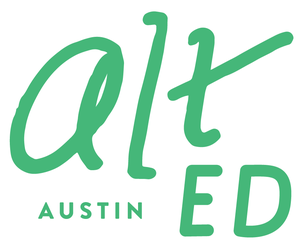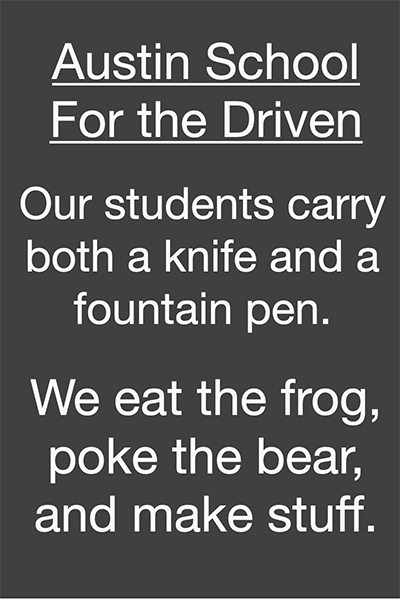Stefany Bolaños is currently building Agora, an app built for teachers re-imagining the future of education. She teaches an economics course, has published three children’s books, and works with Junto Studio, a web development company. She is part of Startup Chile’s current batch. Startup Chile is Latin America’s leading accelerator, and the fourth biggest worldwide.
A quick Google search of the words “homework is bad” throws 31,700,000 results (“ban homework” yields a surprising 704,000). Clearly, homework is a controversial topic, and its opposition has gained force over the years. There’s a great deal of quantitative research (like this one from Stanford, or this from Penn State) that reflects how homework can have negative effects on kids. These are some of the reasons they give:
- It imposes time pressures on children.
- It leads to sleep disruption, indicating a negative relationship between the amount of homework, perceived stress, and physical health.
- It interferes with time otherwise spent connecting with the family.
- There isn’t even a correlation between whether children do homework (or how much they do) and any meaningful measure of achievement.
- Homework can be an improper tool to test a student’s abilities—it doesn’t necessarily show how well a student understands a concept.
These are all very straightforward facts, but there’s a reason that’s even more important: we should let kids be kids.
Picture a regular school day for your kid. She wakes up at 7:00 a.m., goes to school, and stays there for 5–7 hours. The bus picks her up at 3:30 p.m. to take her home. By the time she’s dropped off, it’s probably around 4:00 p.m. The average American high school student spends seven hours a week on homework, and almost 10 percent of fourth graders worldwide report spending multiple hours on homework each night.
Those are the numbers. But that which is unseen is important as well. What about the children’s life-long interests? What about free time? What about running outside, learning how to fold a blouse, or helping mom or dad bake some cookies? Free time plays a key role in fostering both creativity and emotional development.
Without homework, kids might not have as much structure to their day. But that’s exactly the point! Traditional schools are sufficiently structured already.
So why should the school day—and school work—end at 3pm?
Because spending too much time in a school with structured activities won’t teach children critical life-coping skills. Autonomy is one of those. Mark Barnes makes an important point when he writes: “Responsibility implies autonomy, and homework offers none of this. Students are told what to do, when to do it, and when it must be returned. Where does responsibility come into play?”
Homework has another important deficiency: when students have already mastered a specific skill, they are likely to lose interest in repeating it. On the other hand, those who are struggling won’t necessarily improve by doing homework on something they don’t even understand. And we’re not even mentioning test scores, which don’t prepare children for the real world. Still, in case you were curious: the amount of homework completed has no effect on scores.
Not only do kids live less stressed with less homework; they also have the chance to pursue little passions, things that they enjoy doing—and enjoy learning. The alternative to homework is giving kids the chance to play, to rest, and to have fun. So much of their creative power relies on those little steps.
As Tommy Schnurmacher says: “Good teachers can get the job done in class. Those who can’t just assign more homework.”
Is all homework bad?
It depends. My personal opinion is that if you treat homework as an extracurricular activity (or something that’s not mandatory), then students can voluntarily choose to do it, and by extension, learning takes a whole new meaning. For example, they can film interviews, conduct a field study in the park, or visit the aquarium during the weekend. The key difference is that this work is not graded, and the logic behind it is that learning can and will happen naturally at home or elsewhere in a child’s world.
Although there’s some research that suggests that as students age (especially during 7th through 12th grade), the positive effect of homework on achievement becomes more pronounced, other experts suggest caution against viewing the grade-level effect as fact. And even if it were true that the correlation between homework and achievement is direct for middle schoolers, there are diminishing marginal returns. For high schoolers, for example, two hours of homework appear optimal. So, in the final analysis, less is often more.
Stefany Bolaños

























